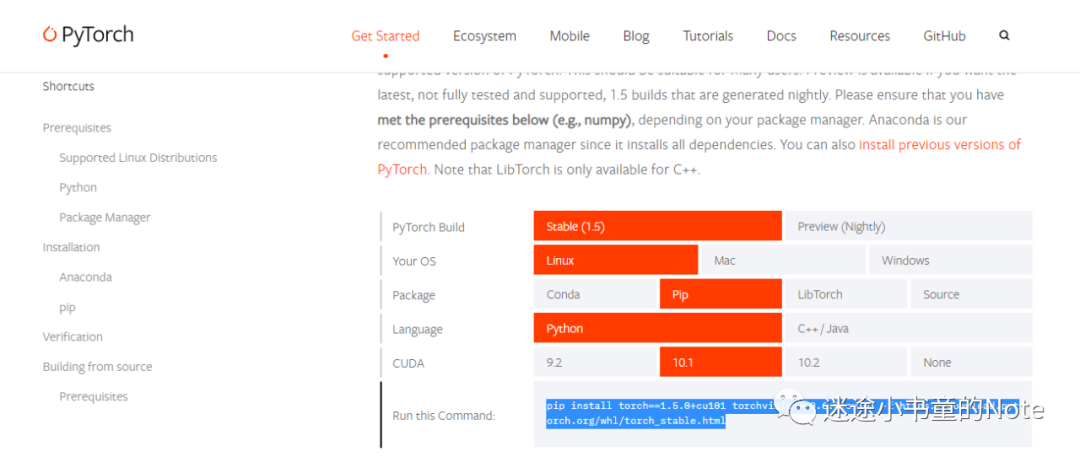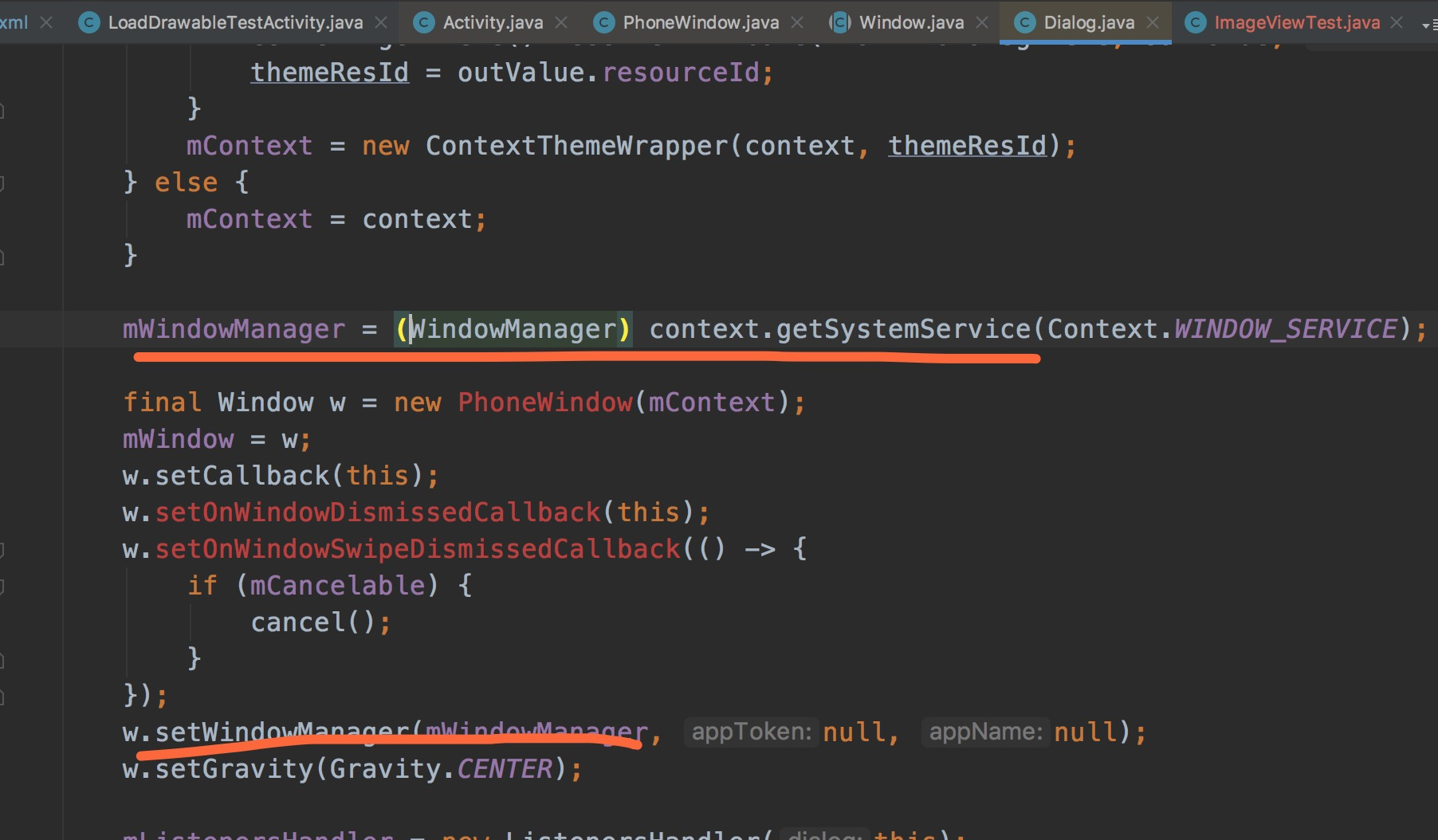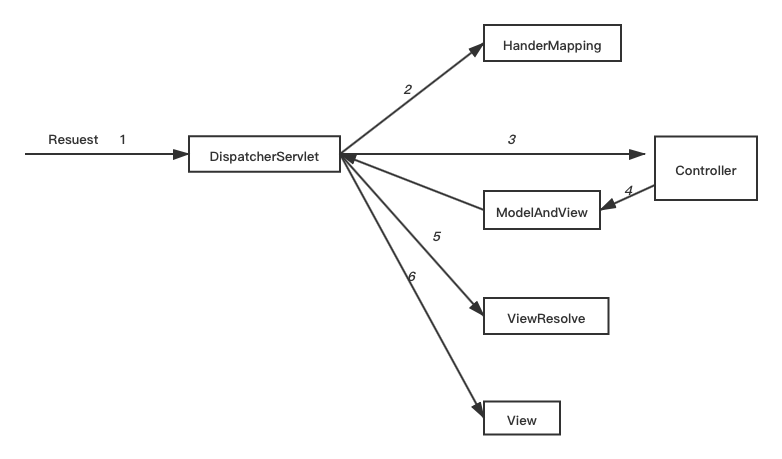I have a windows user accounts which I just created take XYZ for example.
This XYZ belongs to a User group and a custom group I created in Computer Management --> Local users and groups.
So in properties I see that the user belongs to the 2 groups.
Now I want to get those groups and display them. Any suggestions?
I have done this but this is not right as it gives me the roles of SQL (I think)
here is what I did:
after logging in and impersonating I call the function
getUserGroups();
private void getUserGroups()
{
// collect the user domain and identity
string[] arr =
System.Web.HttpContext.Current.Request.
LogonUserIdentity.Name.Split('\\');
// update the display to show
// the captured domain and user
if (arr.Length > 0)
{
new GUIUtility().LogMessageToFile("User Name" + arr[0].ToString());
new GUIUtility().LogMessageToFile("User Domain" + arr[1].ToString());
}
// create an arraylist and populate
// it with the list of groups that
// the current user belongs to
ArrayList al = new ArrayList();
al = GetGroups();
// check to see if the user belongs
// to a specific group and create
// a list of all of the user's groups
foreach (string s in al)
{
// add this one to the list
new GUIUtility().LogMessageToFile("Group" + s);
// check to see if the user
// belongs to a specific group
//if (s == "BXSWLT\\SomeCustomGroup")
//{
// // change the label to show
// // there was a match
// lblMemberOfGroup.Text = "YES";
//}
}
}
public ArrayList GetGroups()
{
ArrayList groups = new ArrayList();
foreach (System.Security.Principal.IdentityReference group in
System.Web.HttpContext.Current.Request.LogonUserIdentity.Groups)
{
groups.Add(group.Translate(typeof
(System.Security.Principal.NTAccount)).ToString());
}
return groups;
}
the Result I get is:
9/8/2010 5:57:22 PM: User Name NT AUTHORITY.
9/8/2010 5:57:22 PM: User Domain IUSR.
9/8/2010 5:57:22 PM: Group Everyone.
9/8/2010 5:57:22 PM: Group BUILTIN\Users.
9/8/2010 5:57:22 PM: Group NT AUTHORITY\Authenticated Users.
9/8/2010 5:57:22 PM: Group NT AUTHORITY\This Organization.
9/8/2010 5:57:22 PM: Group LOCAL.





